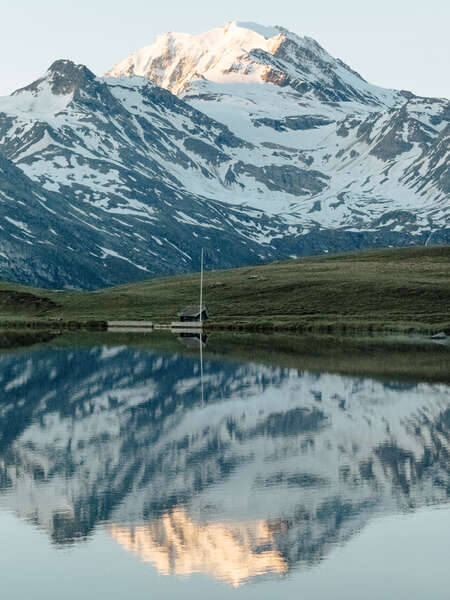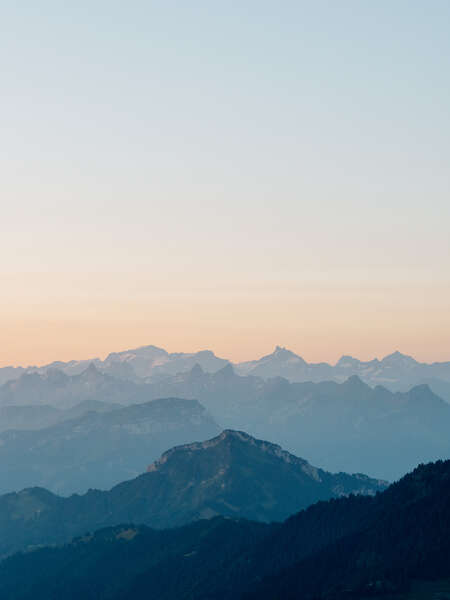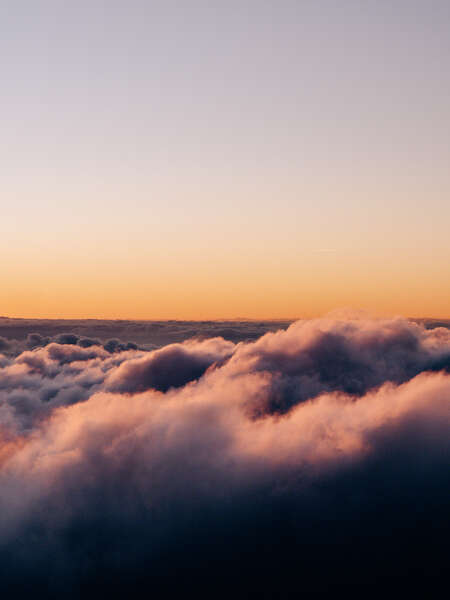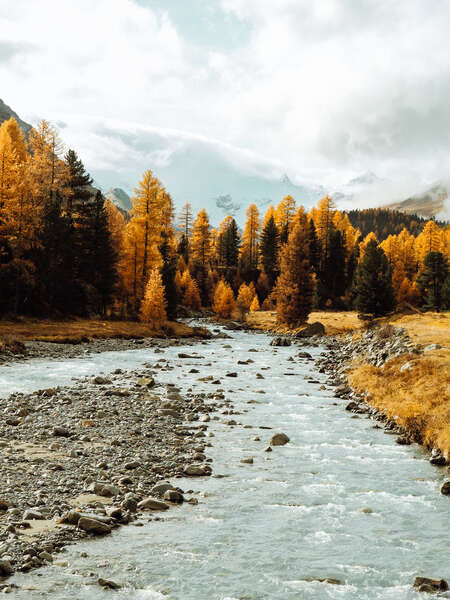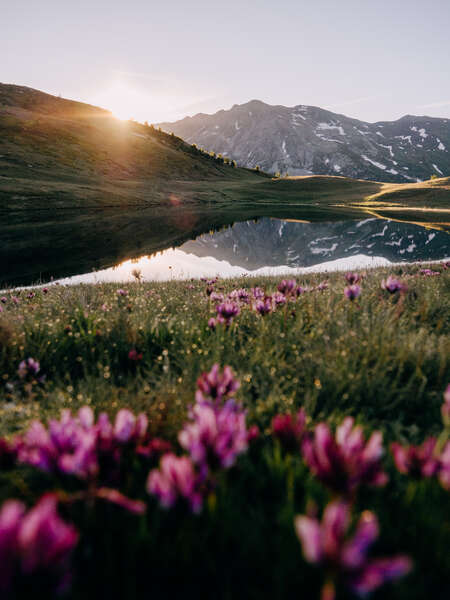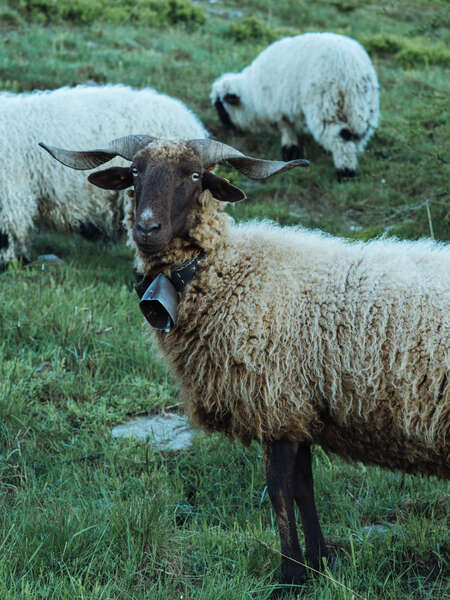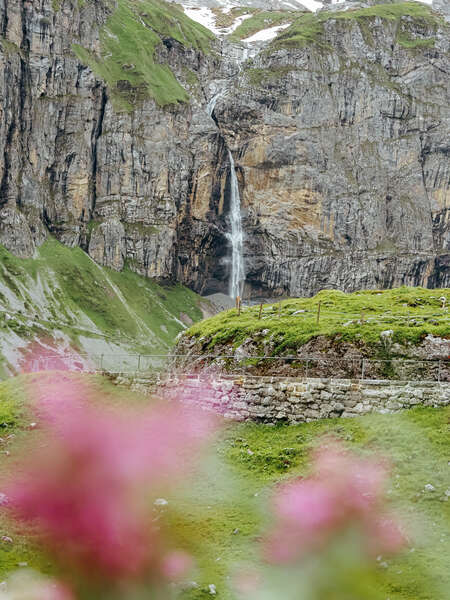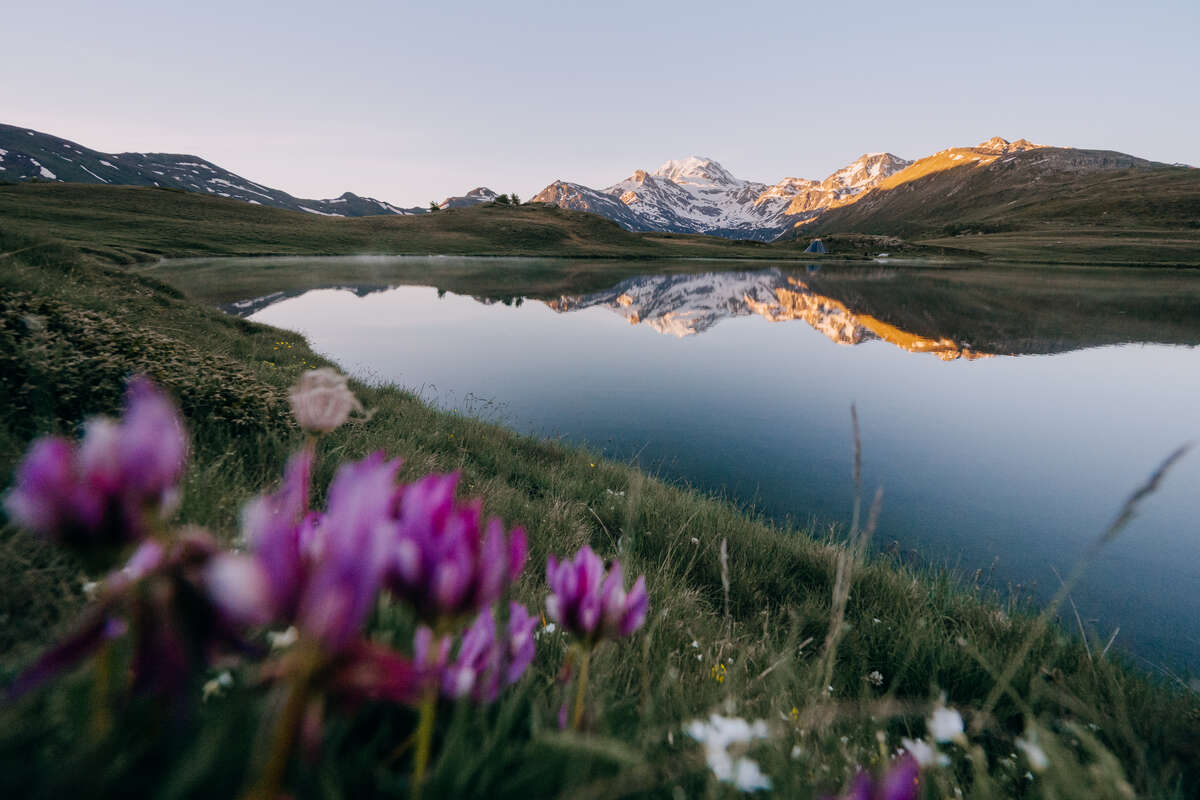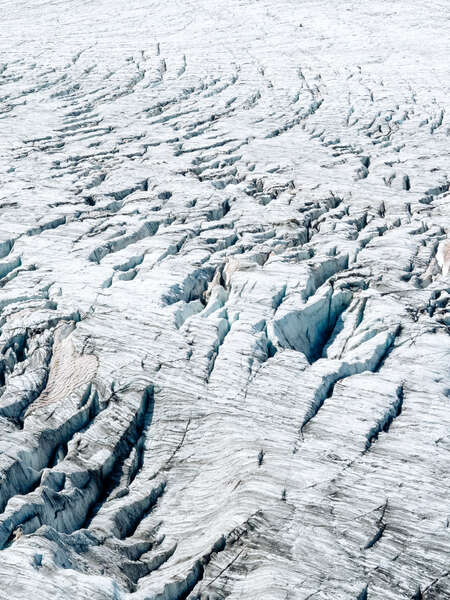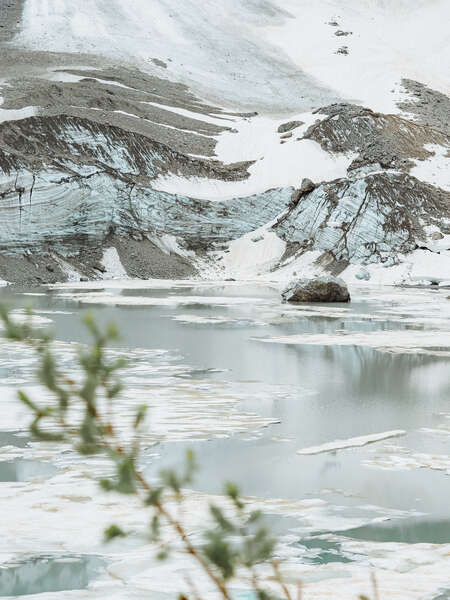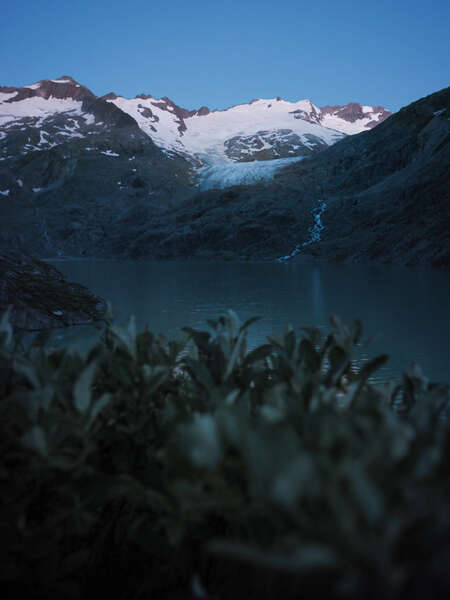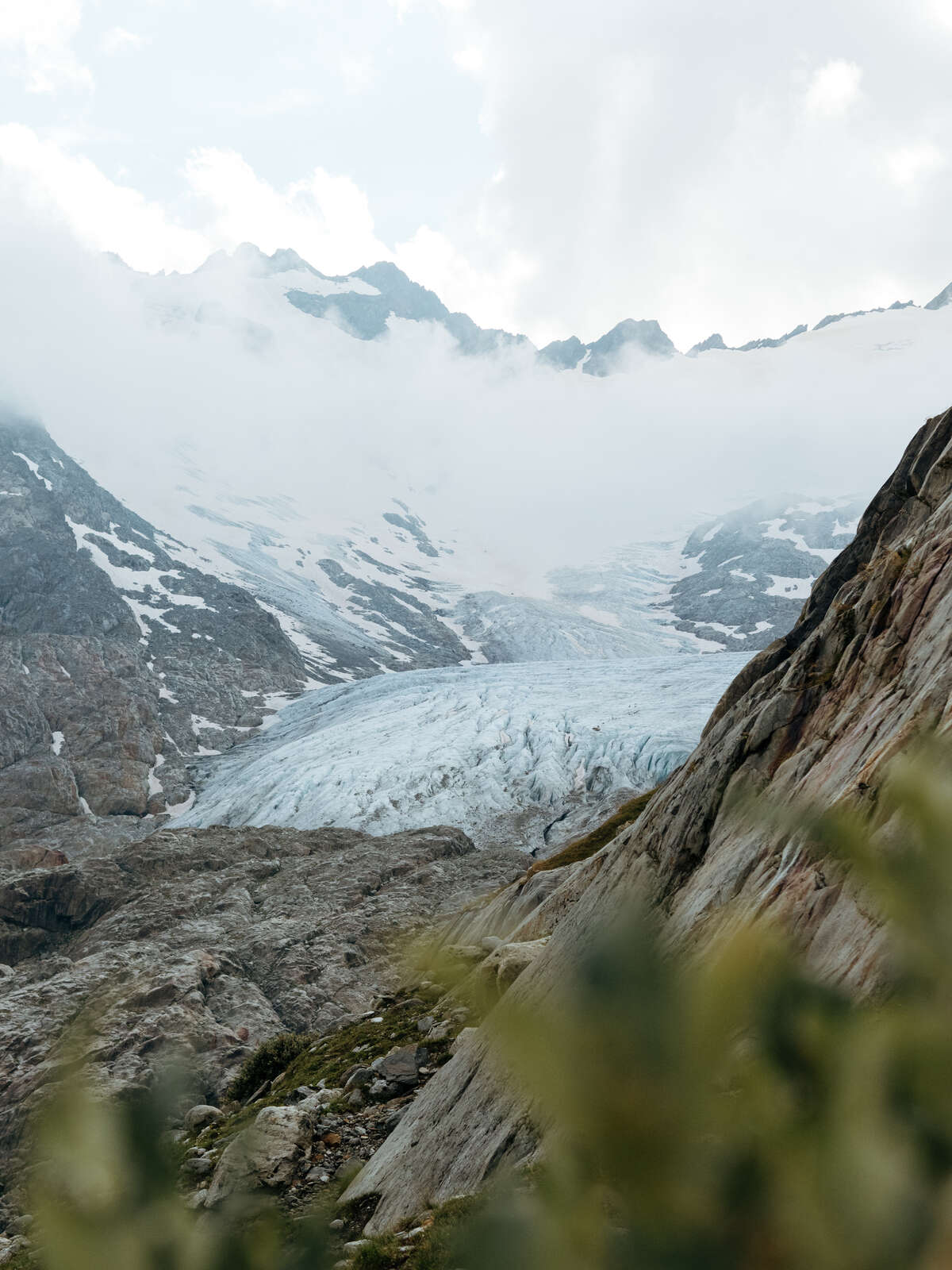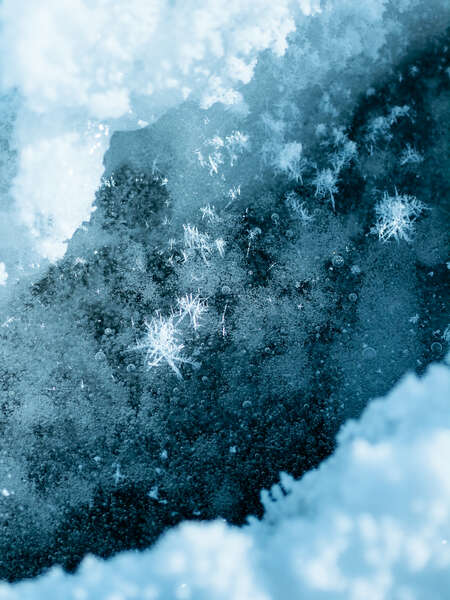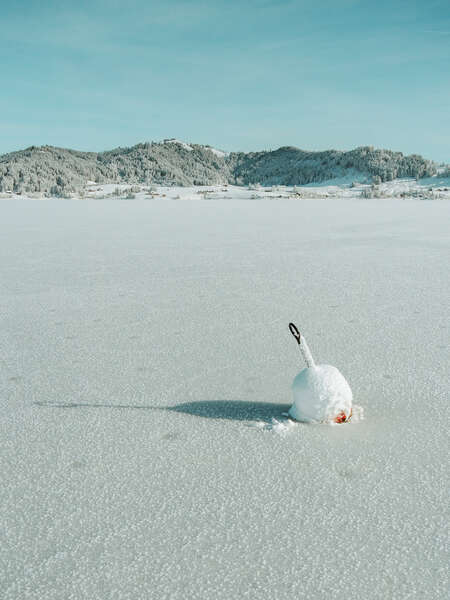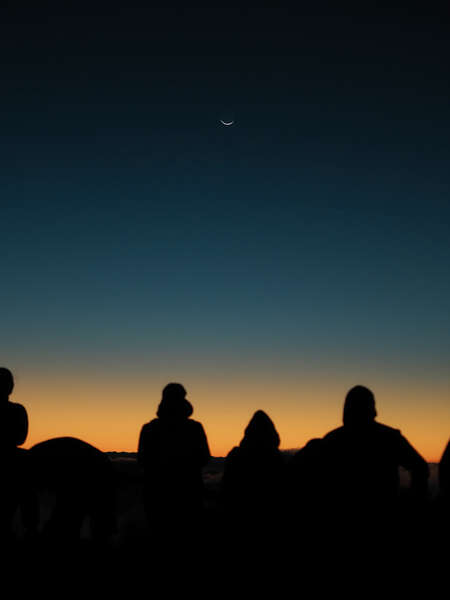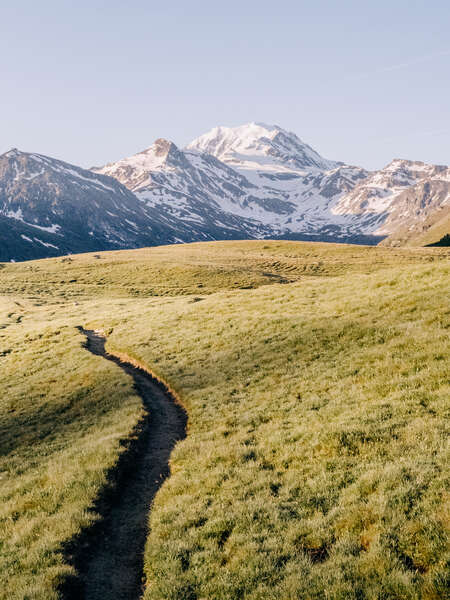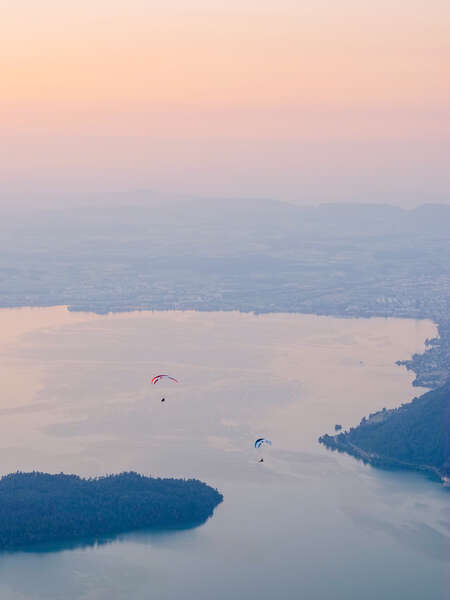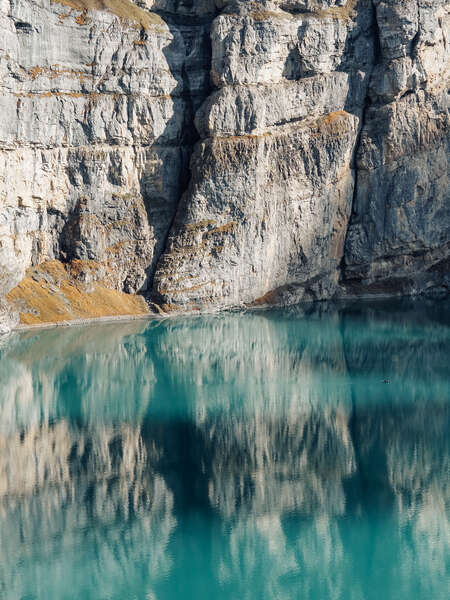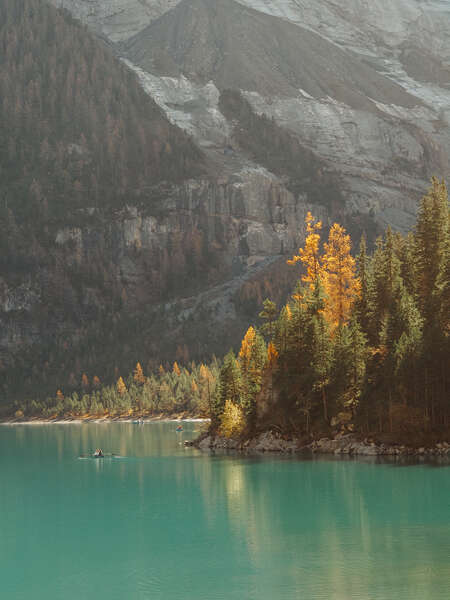Mountain areas have always felt like home to me, a place where I feel safe and grounded. In my family, hiking was a central part of our holidays, and as a result, many of my earliest and most cherished memories are set in the mountains. Growing up by spending countless hours outdoors, I developed a deep connection to the outdoors. Captivated by the beauty of these landscapes, I began photographing every detail, as if I wanted to preserve each moment and never let it slip away. This passion for nature ultimately led me to study environmental sciences, reinforcing the sense of responsibility I had for protecting the environment. When I was selected for the Olympus "Tell Your Story" program, I saw it as the perfect opportunity to combine my work and my passion—alpine lakes and outdoor photography.
Unfortunately, the mountains are changing. Over the past few years, we have seen the impact of human activity and climate change on the mountains right in our backyard. These places, which once seemed untouched, are now attracting more people and facing growing vulnerability. Today people want to challenge themselves physically – mountains are a good place to do this! But in our pursuit of adventure, we sometimes overlook that these landscapes are home to diverse ecosystems, where flora and fauna have thrived with minimal human interference for generations.
Thus, I would like to invite you, just for a moment, to pause. Stop running, biking, or climbing as fast and as high as you can, and take in the beauty around you—the valleys, peaks, trees, and flowers. You might even notice an animal quietly observing you. Stop for a moment while ski touring and consider the animals hibernating beneath your feet. Turn off your drone for a while and let the mountain silence wash over you. Through these photographs, I hope to freeze time and invite you to admire the serene beauty of the mountains, with a special focus on the alpine lakes that inspire me so deeply.
The Alps are home to 30’000 animals and 13’000 plant species, making it Europe’s largest biodiversity pool. The best times to observe wildlife are usually early in the morning or late in the evening. I recall one particular morning when I was bivouacking in the Alps. I woke up around 5 a.m. and began my hike an hour later, going from one mountain pass to another. Just half an hour in, I came across three herds of ibex, each with about 30 to 40 animals.
They seemed more frightened of me than I was of them. However, in some areas, the ibex have grown so accustomed to humans that you can observe them up close without them showing any fear. They sometimes even approach in search of food. This behavior saddens me because their digestive systems are not adapted to human food, which can cause illness. Even worse, it teaches them to rely on easy handouts instead of foraging naturally, a habit that can ultimately threaten their survival.
Lakes serve as vital water sources for wildlife. Switzerland, often called the "water tower of Europe," holds about 6% of the continent's freshwater—thanks largely to its glaciers and lakes. However, the number of lakes in Switzerland hasn't always been constant. As glaciers melt, they create lakes at their base, and as they recede further, they form rivers that wind across the landscape like snakes. Since 1850, around 1,200 new lakes have formed in Switzerland, with an average of 18 new lakes appearing annually over the last 20 years.
These lakes host unique ecosystems, as many remain ice-covered for several months each year, making them particularly distinct environments in which only certain species can thrive. Sometimes, mountain lakes are crystalline due to the small amount of suspended particles. In this case, they act as stunning natural mirrors, reflecting the surrounding landscape. Capturing these sceneries during the golden and blue hours is my favorite type of photography!
Do you know that 20-25% of the Alps are legally protected? This is why swimming is restricted in some alpine lakes. While a refreshing dip sounds ideal after a long hike, it’s important to consider these regulations, which help preserve these fragile ecosystems. Chemicals from sunscreen and other products can dissolve in the water, harming aquatic life. We may also inadvertently introduce microorganisms that threaten native species. Additionally, disturbing the lakebed disrupts aquatic habitats, and walking along shorelines can lead to erosion. Following the simple guidelines helps protect these beautiful environments for future generations.
Now you can lace up your sneakers, strap on your skis, or get back on your bike—but don’t rush! There's no need to restart the timer. Time is already moving too quickly for nature so take a moment to enjoy it truly!
“The sun had completely disappeared, and one was under the spell of those enchanting moments that precede the total fall of daylight. A deep calm rested on the clear lake that it was difficult to distinguish the boundaries of the two elements in places where the bluish hue of the earth blended with the well-known color that is peculiar to the Leman.” - Fenimore Cooper
